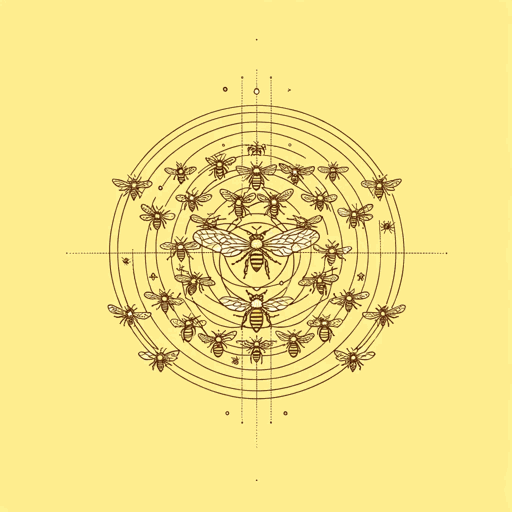71 pages • 2 hours read
Sofía Segovia, Transl. Simon BruniThe Murmur of Bees
Fiction | Novel | Adult | Published in 2015A modern alternative to SparkNotes and CliffsNotes, SuperSummary offers high-quality Study Guides with detailed chapter summaries and analysis of major themes, characters, and more.
Themes
Privileged Versus Unprivileged
The Murmur of Bees details a complex Mexican society in which an unspoken, universal recognition of two basic populations—a privileged upper class and an unprivileged lower class—affects all aspects of life. Segovia differentiates between these two tiers not by overtly naming them but through distinct descriptions of each. For example, the upper-class Morales family is depicted as being fair skinned, steeped in traditional rituals, devoutly Catholic, and deeply concerned about maintaining established standards of propriety. By contrast, Segovia depicts lower-class individuals like Nana Reja and Anselmo as dark-skinned, rooted in superstitious beliefs, and largely ignorant of the regimented social interactions of the landowner class. The author implies that the upper class is composed largely of Spanish descendants and the lower-class of Indigenous peoples descended from inhabitants before Europeans arrived.
Segovia reveals the mindsets of the two groups by describing their desires and fears. The upper-class population is fully invested in maintaining social mores dating back to Spanish occupation: festivals, rites of passage, property succession, and church ties. Land ownership is an assumed, unquestioned right among members of this group. Many upper-class individuals, particularly Beatriz and Francisco, perceive themselves as responsible for the welfare of the lower-class individuals within their purview.
Featured Collections
Books on Justice & Injustice
View Collection
Class
View Collection
Class
View Collection
Family
View Collection
Fate
View Collection
Fear
View Collection
Good & Evil
View Collection
Hate & Anger
View Collection
Hispanic & Latinx American Literature
View Collection
Magical Realism
View Collection
Mortality & Death
View Collection
The Future
View Collection
The Past
View Collection

